Comma butterfly (Polygonia c-album)
Overview
🧬 Taxonomy & Classification
- Order: Lepidoptera
- Family: Nymphalidae (brush-footed butterflies)
- Subfamily: Nymphalinae
- Genus: Polygonia
- Species: Polygonia c-album
- Authority: (Linnaeus, 1758)
- Common Name: Comma butterfly
- Etymology: Named after the distinctive white comma-shaped marking (C) on the underside of the hindwing.
🪶 Morphological Description
🦋 Adult Butterfly
- Wingspan: 45–50 mm.
- Wing Shape: Deeply notched, ragged or scalloped wing edges—resembling a dead leaf.
- Coloration:
- Upperwings: Bright orange with dark brown to black spots; forewings and hindwings scalloped.
- Underwings: Cryptic, mottled brown, resembling dry leaves with a white comma (“c”) mark on the hindwing underside—a key identification feature.
- Sexual Dimorphism: Subtle; females slightly larger, but visual differences are minimal.
🐛 Caterpillar (Larva)
- Length: Up to 35 mm.
- Color: Variable; typically dark brown or black with white patches.
- Camouflage: Mimics bird droppings for protection from predators.
- Spines: Prominent branched spines cover the body.
🥚 Egg
- Shape: Ribbed and dome-shaped.
- Color: Pale green initially, turning dark before hatching.
- Laid Singly: On the upper side of host plant leaves.
🐚 Chrysalis (Pupa)
- Color: Typically brown or grey, with metallic gold spots.
- Shape: Angular and suspended by the cremaster from twigs or stems.
🌱 Habitat & Range
📍 Distribution
- Europe: Widespread across western, central, and southern Europe.
- Asia: Extends eastward through temperate Asia to Japan.
- Absent: From the far north (e.g., northern Scandinavia) and extreme Mediterranean dry zones.
🌿 Preferred Habitats
- Deciduous woodland edges and clearings.
- Hedgerows, riverbanks, gardens, parks, and orchards.
- Urban green spaces and countryside with nettles and hop plants.
🐛 Life Cycle & Phenology
🔁 Generations (Broods)
- Typically bivoltine (2 broods per year) in temperate areas:
- Spring Brood: Emerges March–May.
- Summer Brood: Emerges July–August.
In warmer areas, a third brood may occur.
⏳ Development Timeline
- Egg Stage: 7–14 days.
- Larval Stage: ~3 weeks.
- Pupal Stage: ~2 weeks.
- Adult Stage:
- Summer adults live 2–4 weeks.
- Autumn adults hibernate and can live for 6–7 months.
❄️ Overwintering Strategy
- Overwinters as an adult butterfly, hiding in hollow trees, sheds, leaf litter, or outbuildings.
- Enters diapause in autumn, reactivates in spring.
🧭 Behavior & Ecology
🧠 Camouflage & Mimicry
- The ragged wings and cryptic underside coloration closely mimic dead leaves—a prime example of protective mimicry.
- Active camouflage both during hibernation and rest.
🛫 Flight Pattern
- Energetic, erratic flight interspersed with basking.
- Frequently perches on tree trunks, brambles, or paths.
🧬 Polymorphism
- Two seasonal forms (a type of seasonal dimorphism):
- Summer Form (hutchinsoni): Brighter, orange-tinted, does not hibernate.
- Autumn Form: Darker, optimized for hibernation with more effective leaf-like underwing camouflage.
🍽️ Feeding Behavior
- Adults:
- Nectar (thistles, bramble, ivy, buddleia).
- Tree sap, fermenting fruit, aphid honeydew.
- Caterpillars:
- Prefer nettles (Urtica dioica), hop (Humulus lupulus), elm (Ulmus spp.), currant (Ribes), and willow (Salix).
🌍 Ecological Role
- Pollinator: Minor role due to preference for tree sap and fruit, but does aid in pollination of late-summer flowers.
- Prey: Food source for birds, spiders, and predatory insects.
- Bioindicator: Presence and population trends reflect the health of woodland edge ecosystems.
🔬 Evolution & Adaptations
- Adaptation to climate: Expanded its range and increased brood frequency due to climate warming.
- Leaf mimicry: Likely evolved to enhance survival during the hibernation period.
- Plasticity: Ability to produce different morphs depending on photoperiod and temperature.
📊 Conservation Status
- IUCN: Not evaluated globally, but regionally secure.
- UK: Population has increased significantly since the 1970s.
- Benefited from increased cultivation of nettles and a warming climate.
- Threats: Habitat loss, pesticide use, and climate extremes may impact local populations.
🔎 Similar Species (Comparison)
| Species | Key Difference |
|---|---|
| Small Tortoiseshell | More uniformly colored, lacks jagged wings |
| Painted Lady | No comma mark; more uniform orange |
| Speckled Wood | Brown with yellow spots; no comma mark |
| Question Mark (Polygonia interrogationis) | Found in North America; different wing markings |
📚 Further Reading & References
Butterfly Conservation [UK]: https://butterfly-conservation.org/
Thomas, J.A., et al. (2010). Butterflies of Britain and Ireland.
Asher, J., et al. (2001). The Millennium Atlas of Butterflies in Britain and Ireland.
Visited 64 times, 5 visit(s) today
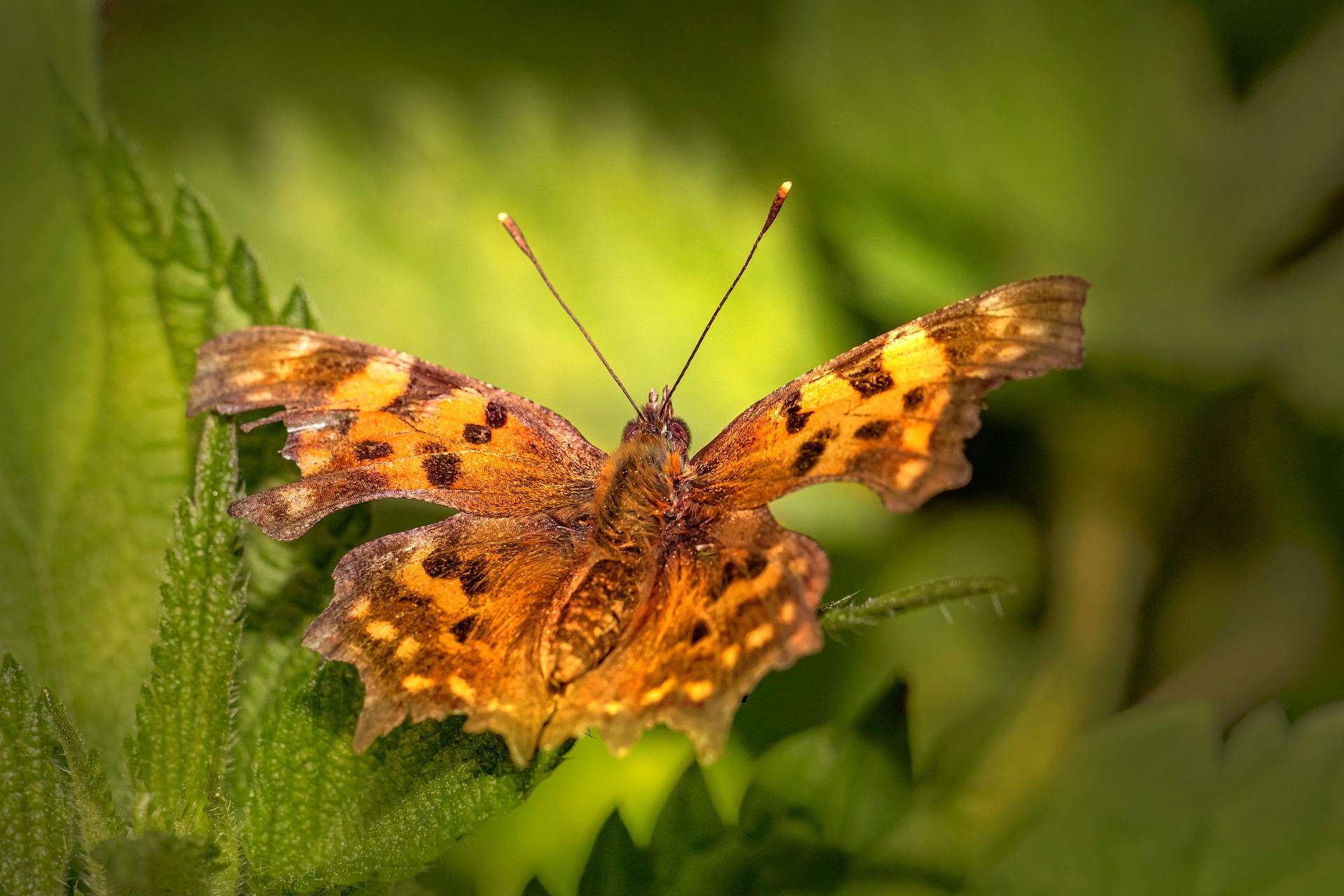
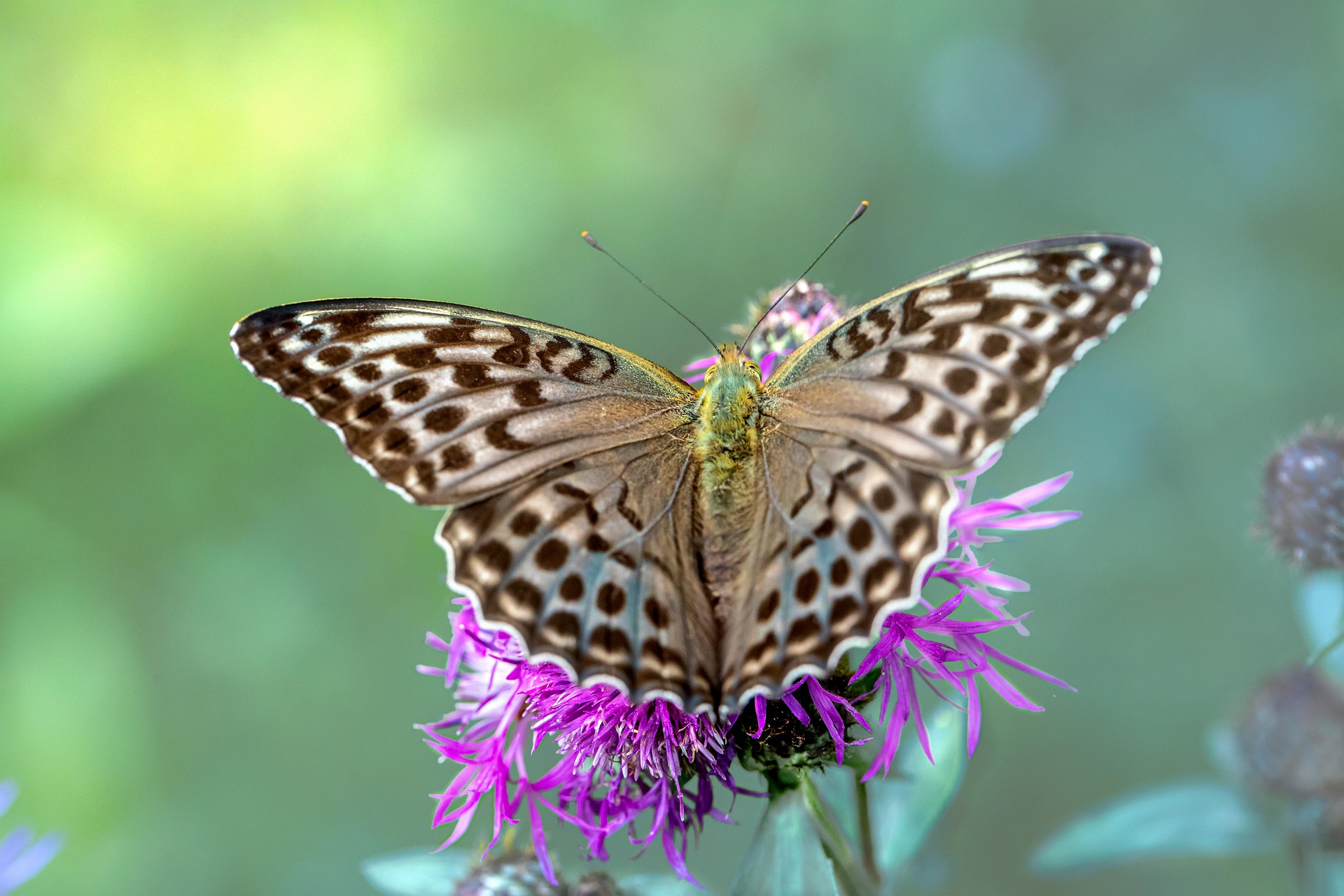

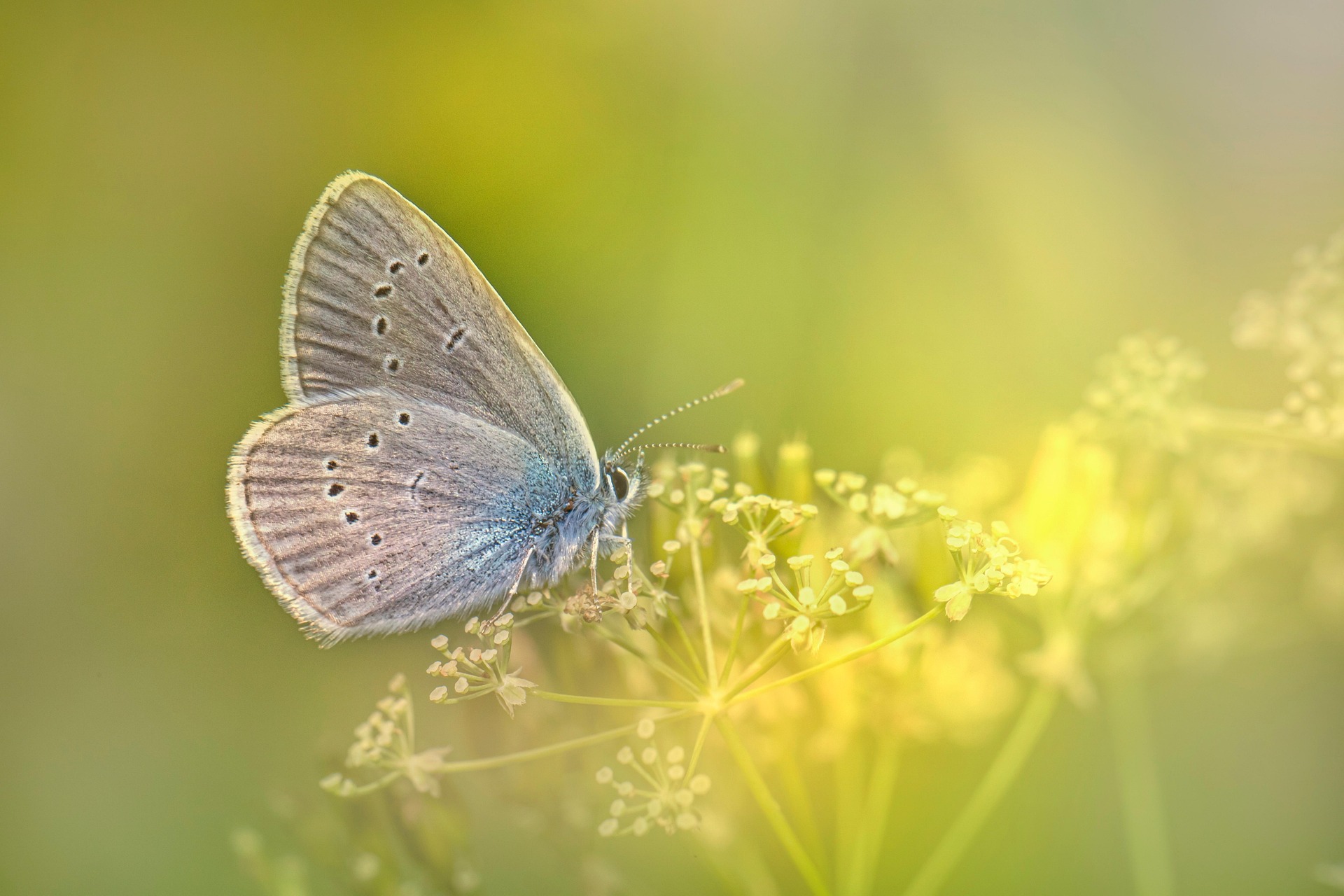
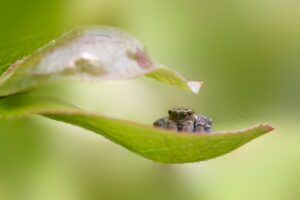
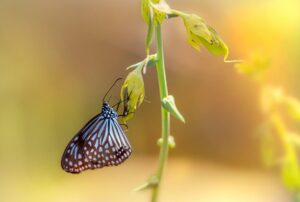
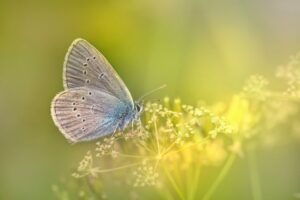
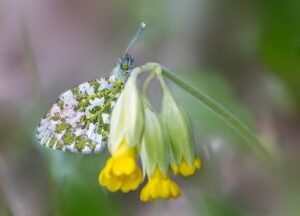
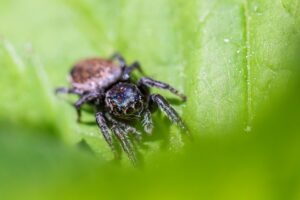
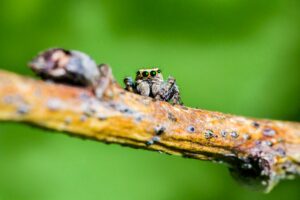
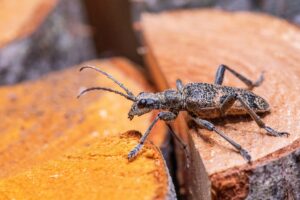
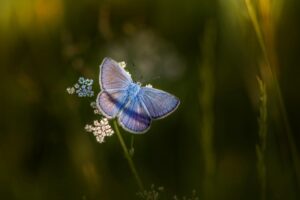
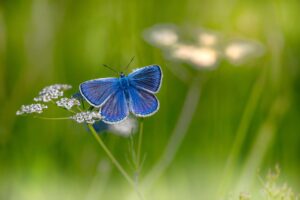
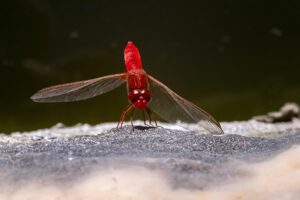
Post Comment